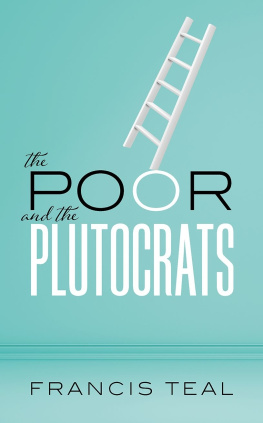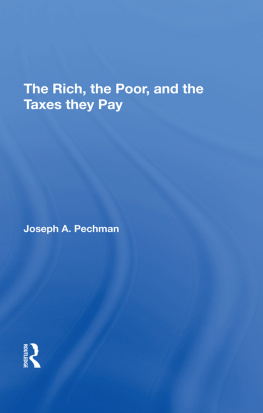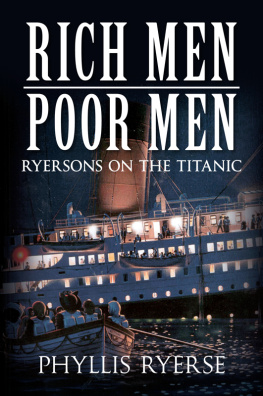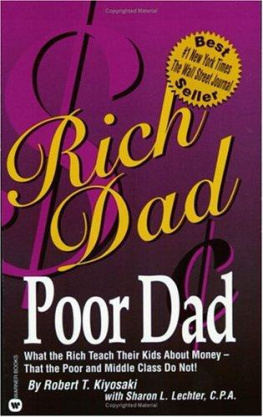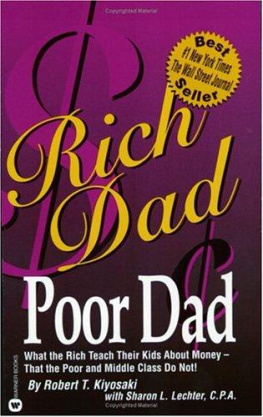The Poor and the Plutocrats

Great Clarendon Street, Oxford, OX2 6DP, United Kingdom
Oxford University Press is a department of the University of Oxford. It furthers the Universitys objective of excellence in research, scholarship, and education by publishing worldwide. Oxford is a registered trade mark of Oxford University Press in the UK and in certain other countries
Francis Teal 2021
The moral rights of the author have been asserted
First Edition published in 2021
Impression: 1
All rights reserved. No part of this publication may be reproduced, stored in a retrieval system, or transmitted, in any form or by any means, without the prior permission in writing of Oxford University Press, or as expressly permitted by law, by licence or under terms agreed with the appropriate reprographics rights organization. Enquiries concerning reproduction outside the scope of the above should be sent to the Rights Department, Oxford University Press, at the address above
You must not circulate this work in any other form and you must impose this same condition on any acquirer
Published in the United States of America by Oxford University Press
198 Madison Avenue, New York, NY 10016, United States of America
British Library Cataloguing in Publication Data
Data available
Library of Congress Control Number: 2020941872
ISBN 9780198870142
ebook ISBN 9780192642752
Printed and bound in the UK by
TJ Books Limited
Links to third party websites are provided by Oxford in good faith and for information only. Oxford disclaims any responsibility for the materials contained in any third party website referenced in this work.
In memory of Caroline Dinwiddy
Preface
Incomes in the world range from less than 1,000 a year to the hundreds of millionsthe poor and the plutocrats of the title of this book. How has a world come about that has this extraordinary level of inequality? In this book I seek an answer to that question. The answer proposed in the book is that the fate of the poor depends on how the price of relatively unskilled labour is changing. Its dramatic rise in most now-rich countries, which occurred in the first three quarters of the twentieth century, is the key to understanding the decline in both poverty and inequality that occurred in that period within those countries. The poor own their labour and sometimes low-quality land. Plutocrats own a lot more, partly more skilled labour, partly more capital and partly more high-quality land. Just as the fortunes of the poor depend on how the price of its most important assetits labourchanges, so the emergence of the plutocrats depends on how the prices of their assets are changing. We document in detail those changing fortunes for both the US and the UK.
While the level of current plutocratic incomes is a phenomenon which dates from the late twentieth century, poverty is not. Being poor has been the fate of almost everyone in human history, until the last 300 years. It is not poverty we need to explain, it is why some countries have exited it, by such large amounts, and some have not exited it at all. The poorest of the poor almost always live in countries which are poor. So, the path we wish to understand, from the poorest to the richest, crosses country boundaries first, and then focuses within rich countries on the fate of the relatively poor and rich there. In the worlds richest economy, the US, the price of relatively unskilled labour stopped rising in the 1980s, in the UK it fell substantially after the financial crash of 200708. In both countries that reversal of fortunes for the relatively poor in those countries was the background to a political revolution in the shape of the Trump presidency and the decision by the UK to leave the EU. Both represent radical breaks with the past political processes in those countries.
Political rhetoric in both countries speaks of the resulting inequality as a rigged system, the abuse by the 1 per cent of political processes to distort economies to benefit the few, not the manyto paraphrase two currently used political slogans. In the chapters that follow I look in detail for the US and the UK at how the relatively poor and rich have fared under the different parties since the advent of the premiership of Margaret Thatcher and the presidency of Ronald Reagan; what is often described as the coming of neoliberal economics. I show that the popular picture of their periods in office, as ones where the rich gained far more than the poor, is wholly accurate. However, while in the US, in the main, that pattern continued, in the UK it was decisively reversed by New Labour whose period in office saw faster rises in income for the bottom 20 per cent than the top 20 per cent. Further, under that administration the incomes of the bottom 10 per cent rose to exceed the bottom 10 per cent in the US. New Labours success in these respects is one of the best-kept secrets of the current leadership of the Labour Party.

